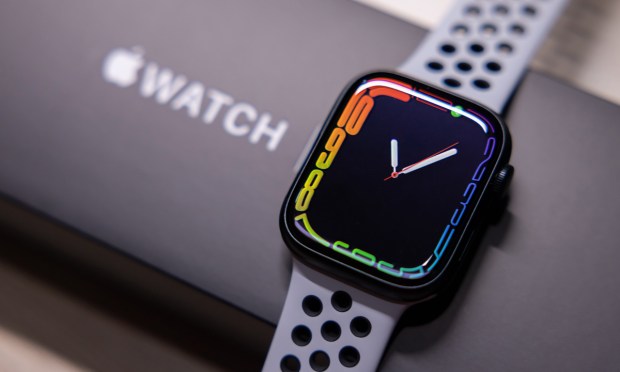
Apple faces a potential ban on importing its watch following a recent trade commission ruling.
The U.S. International Trade Commission (ITC) issued an order last week that found that Apple’s watch violates medical technology company Masimo’s patent rights, Masimo said in a Thursday (Oct. 26) news release.
“Today’s ruling by the USITC sends a powerful message that even the world’s largest company is not above the law,” said Joe Kiani, Masimo’s founder, chairman and CEO. “This important determination is a strong validation of our efforts to hold Apple accountable for unlawfully misappropriating our patented technology.”
However, the ITC’s decision will not go into immediate effect. A report by Reuters noted that President Joe Biden has 60 days to review the order, and that Apple can appeal.
Masimo, a medical technology company, sued Apple in 2020, accusing the tech giant of stealing trade secrets connected to health monitoring technology and of stealing away key employees.
As PYMNTS wrote at the time, Masimo created what is known as signal processing tech for healthcare monitors. The company and its spinoff, Cercacor Laboratories, argued that Apple pretended to want to have a relationship with them, ultimately hiring away important employees and stealing the company’s technology.
“Masimo has wrongly attempted to use the ITC to keep a potentially life saving product from millions of U.S. consumers while making way for their own watch that copies Apple,” an Apple spokesperson told Reuters. “While today’s decision has no immediate impact on sales of Apple Watch, we believe it should be reversed, and will continue our efforts to appeal.”
Apple last month rolled out a new Watch that features a “double tap” functionality, which lets users interact with the smartwatch without needing to touch it.
“When users touch their thumb and index finger together twice, sensors detect the movement and enable users to perform an action,” PYMNTS wrote. “These sensors can also monitor users’ heart rates and track blood flow.”
And as has been noted here, there is a growing interest — and use of — among consumers in connected devices that track the progress of everything, from the number of steps walked to vital signs to reminders about prescriptions.
PYMNTS’ own data has shown that a substantial percentage of consumers use digital channels to monitor their health data on both a daily (26%) and weekly basis (11%).